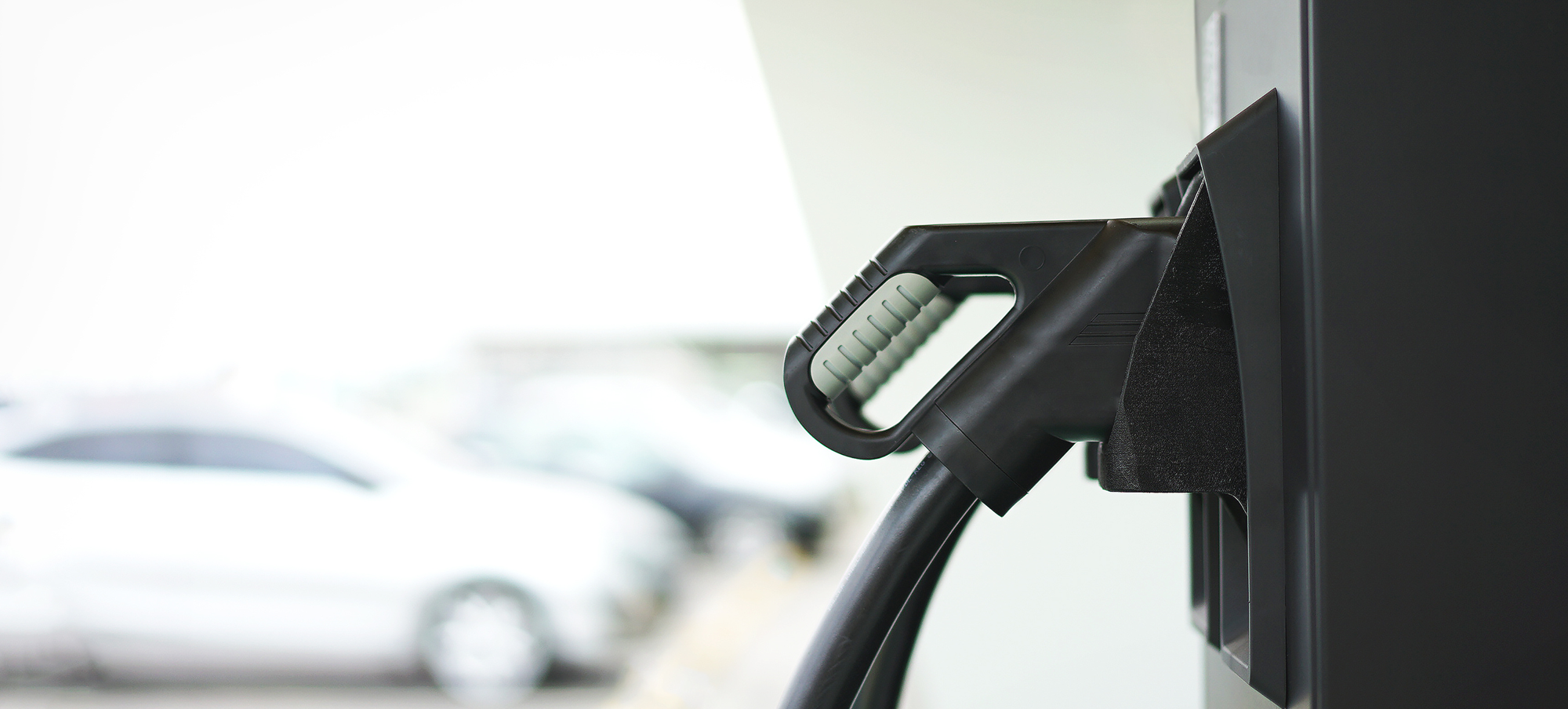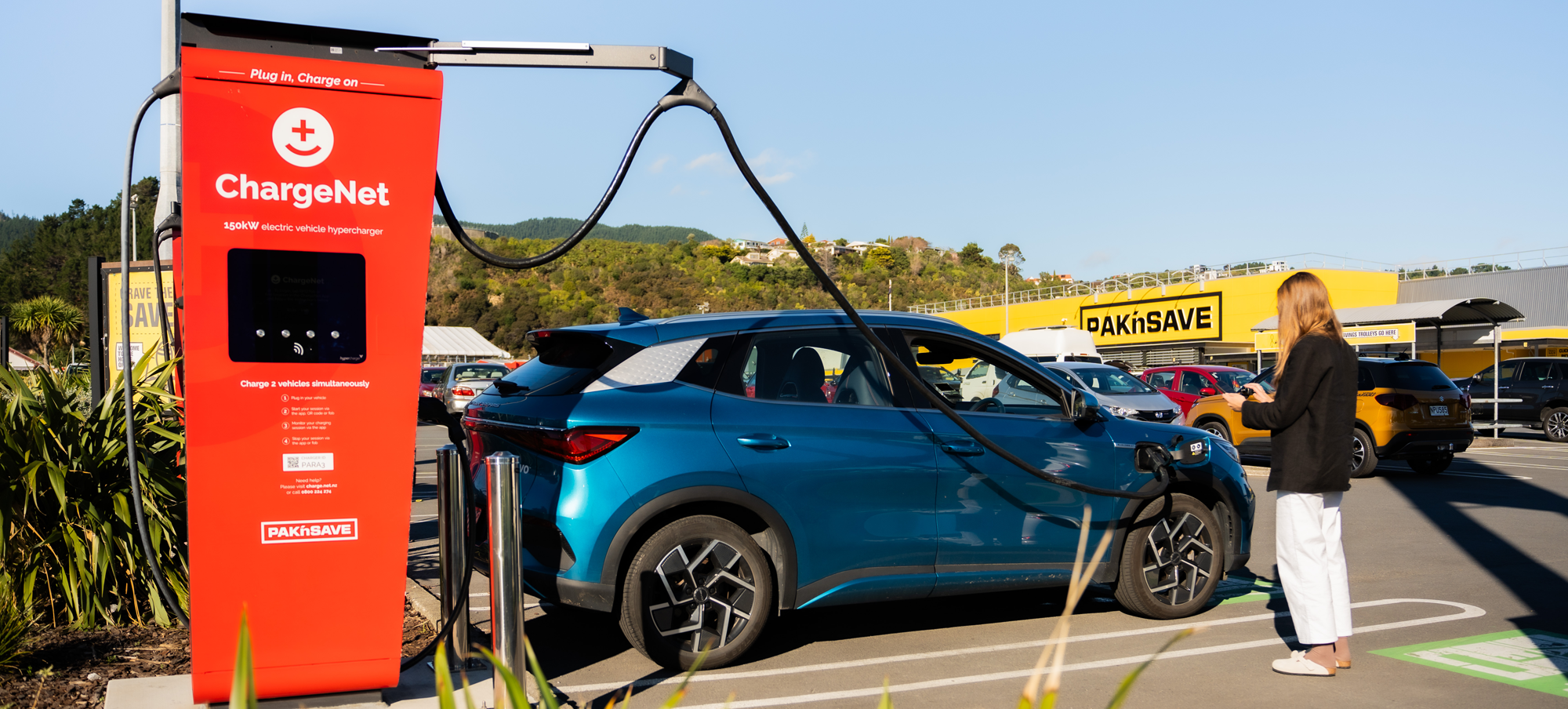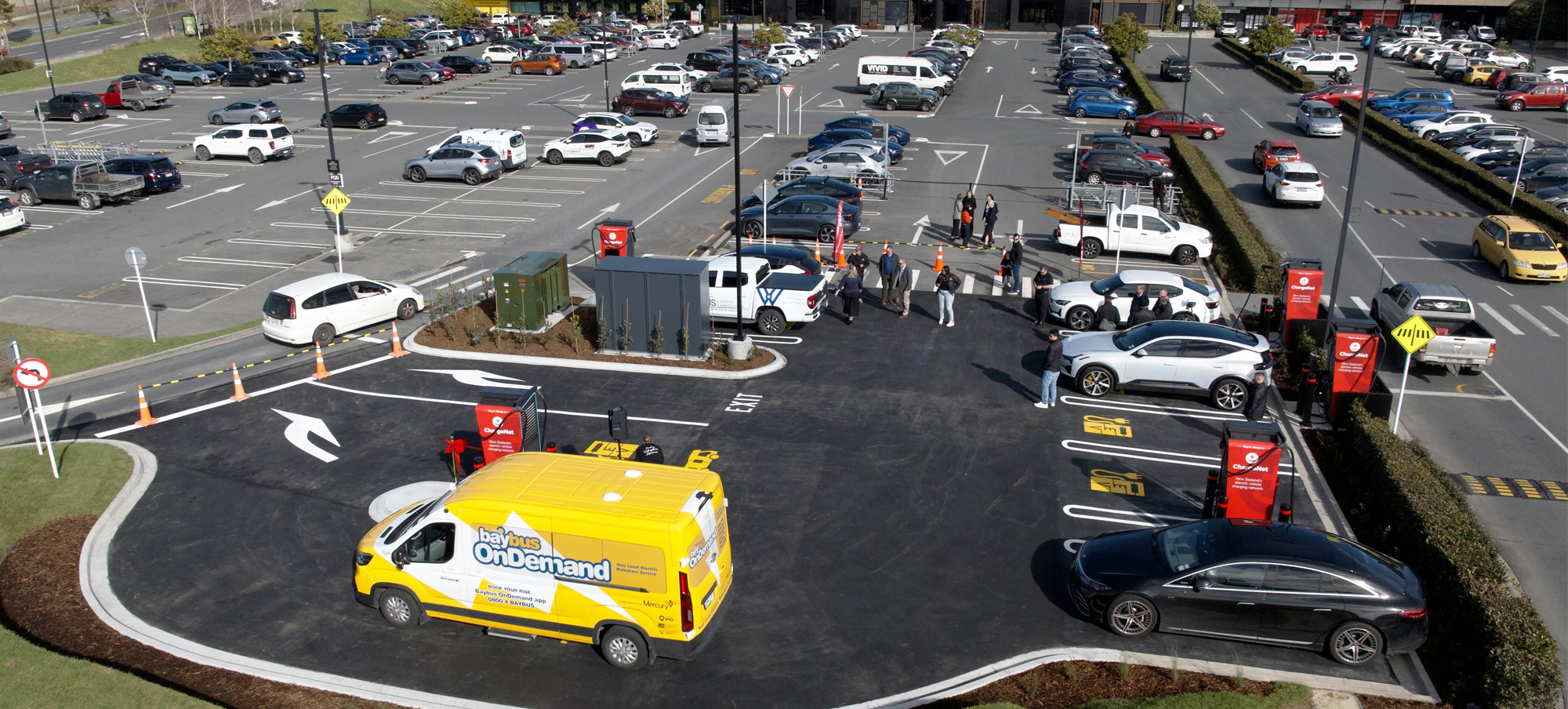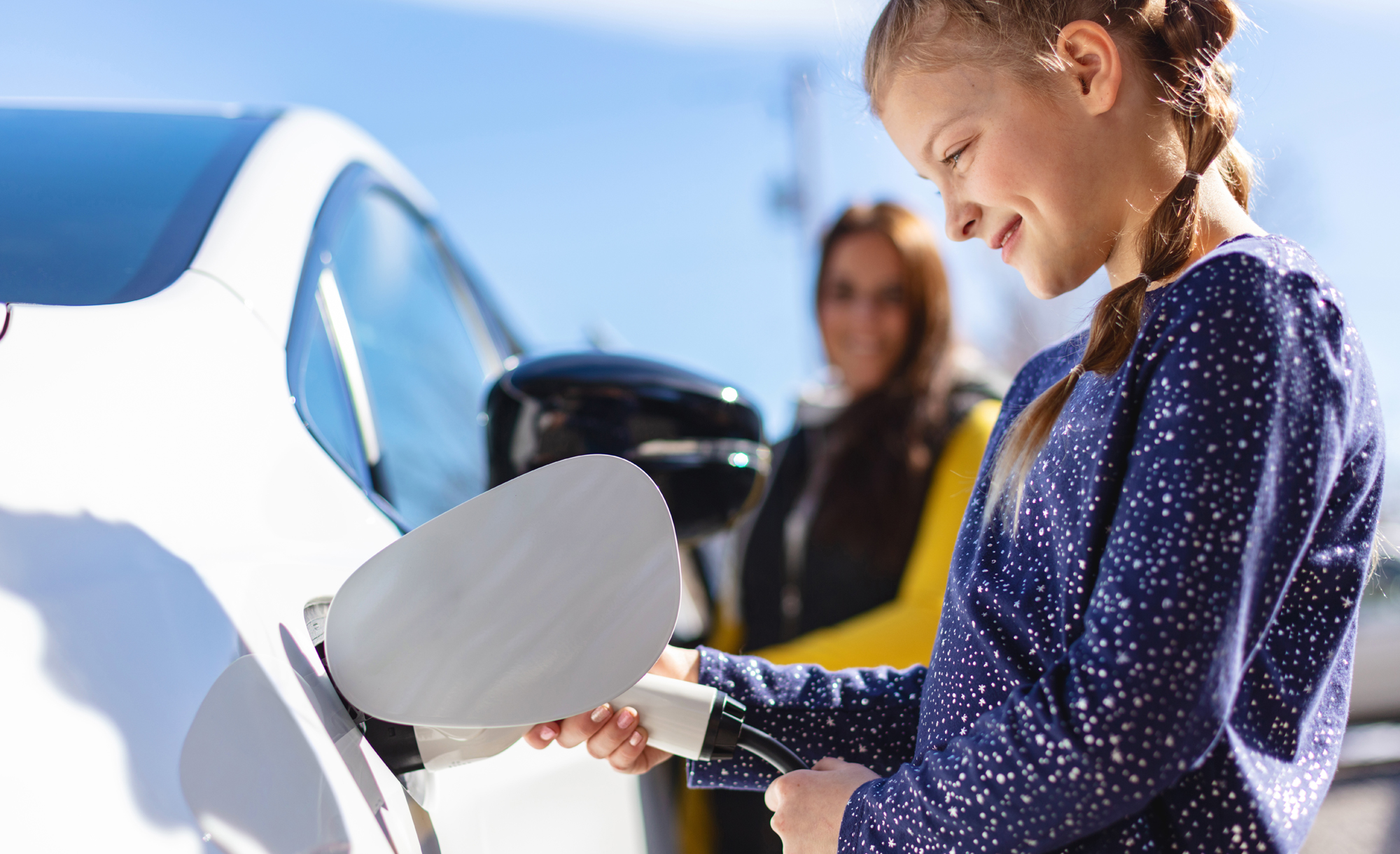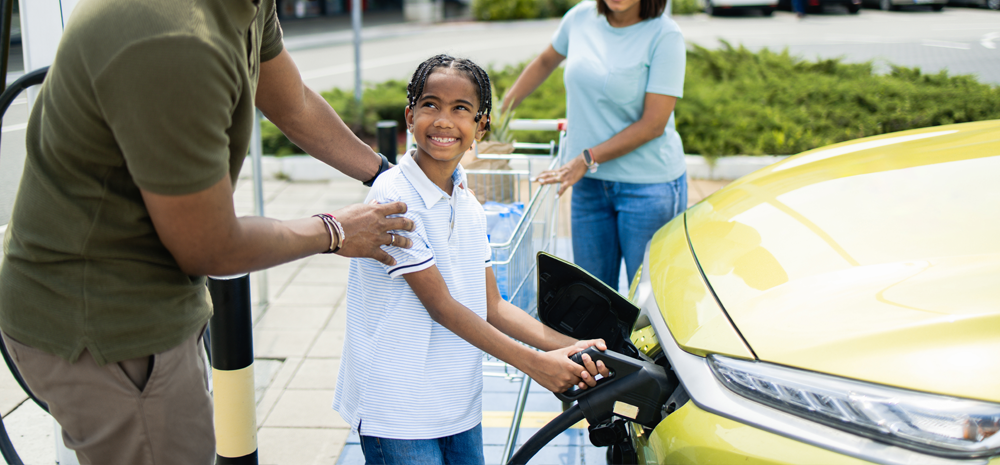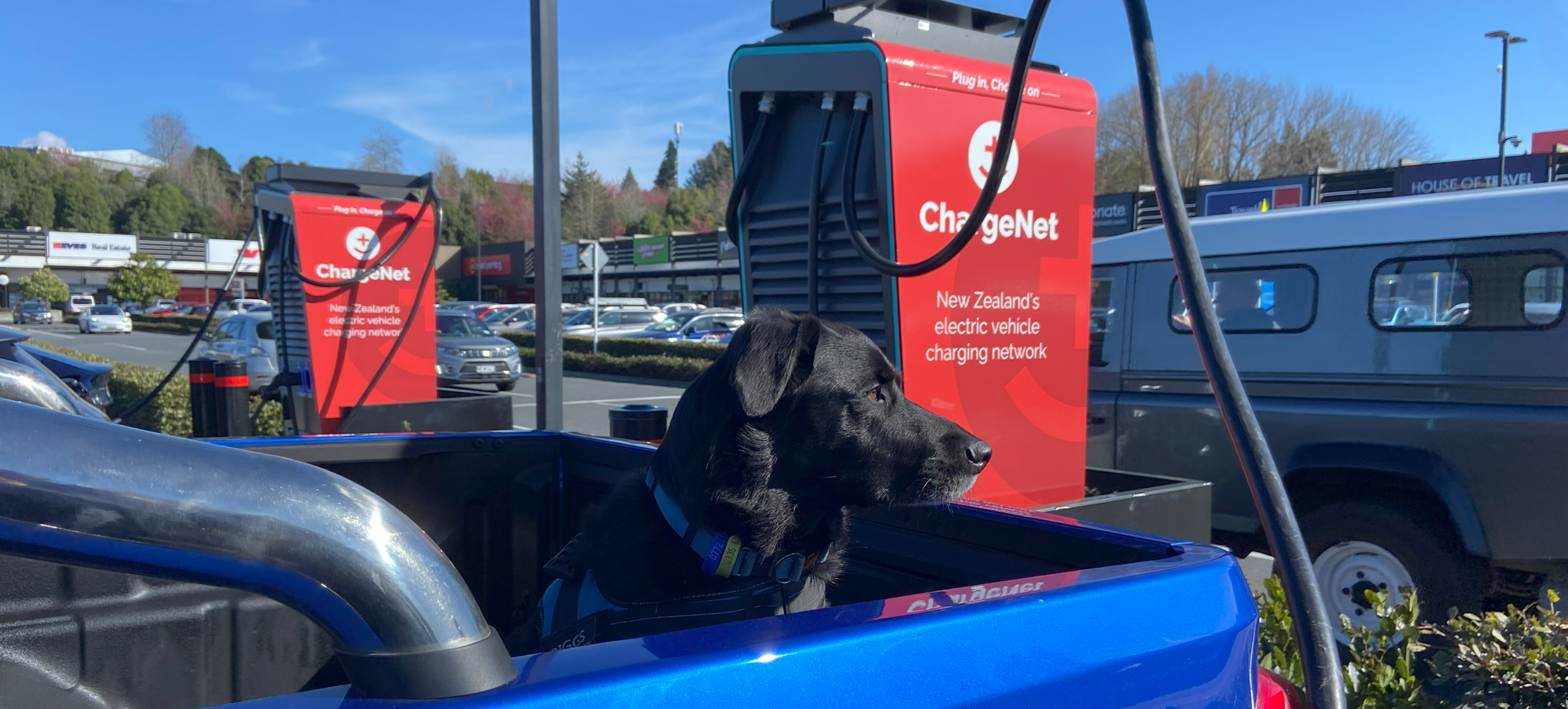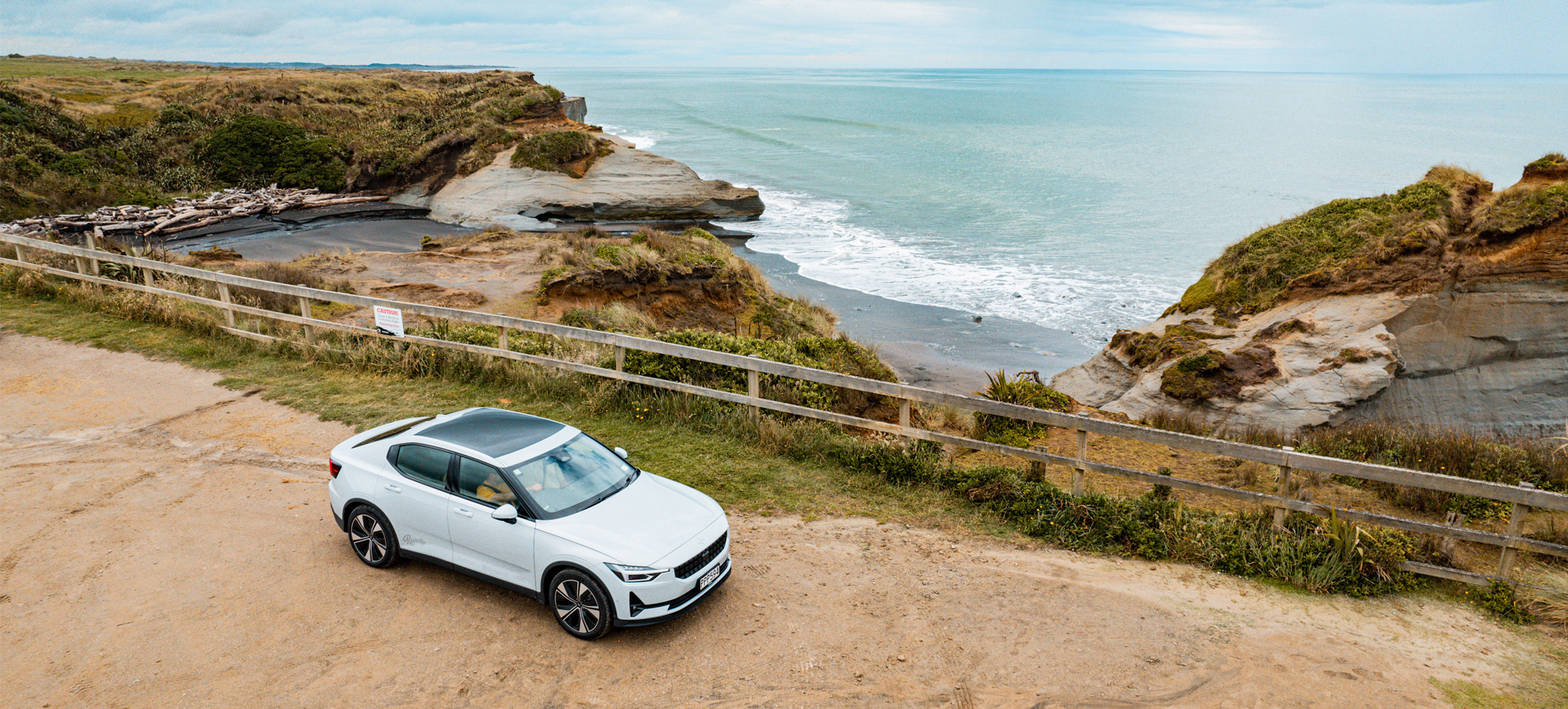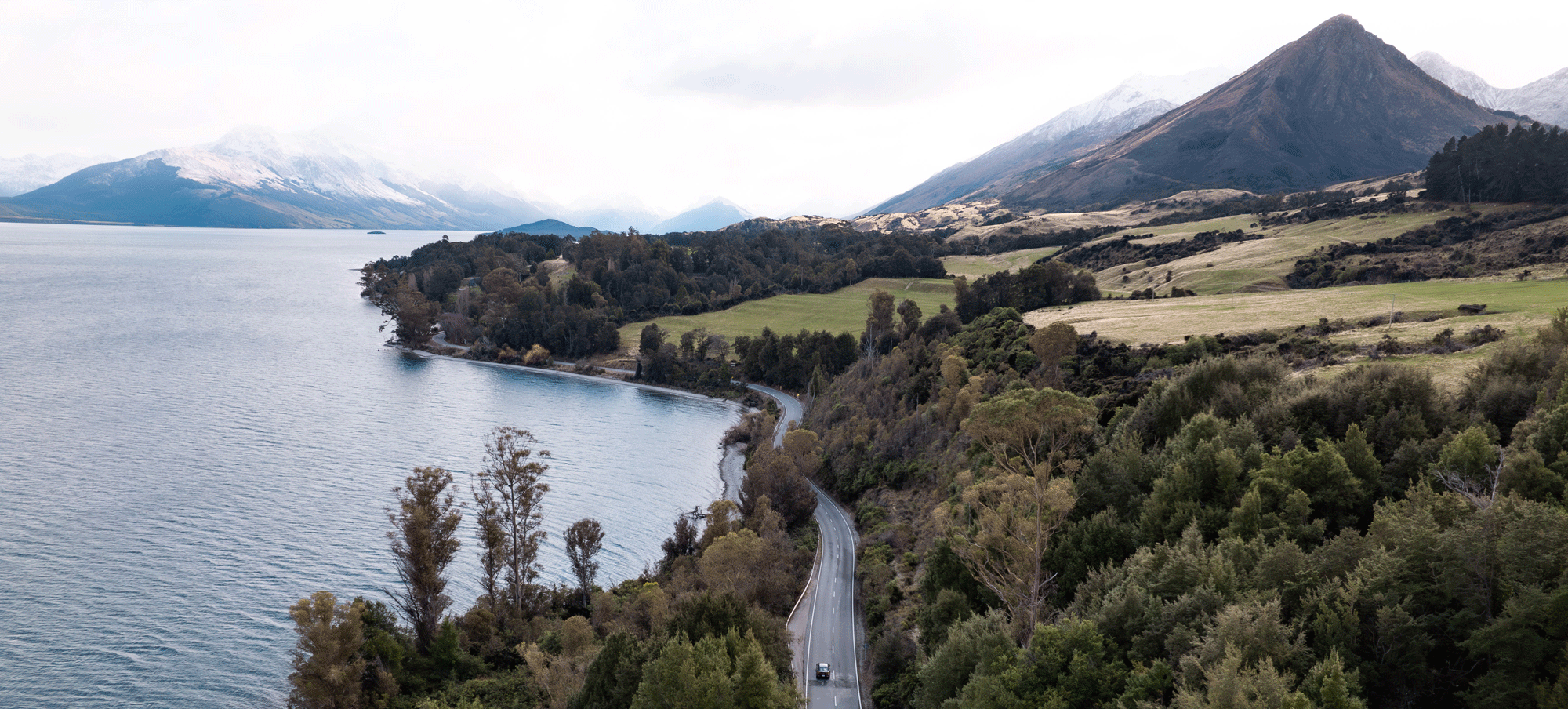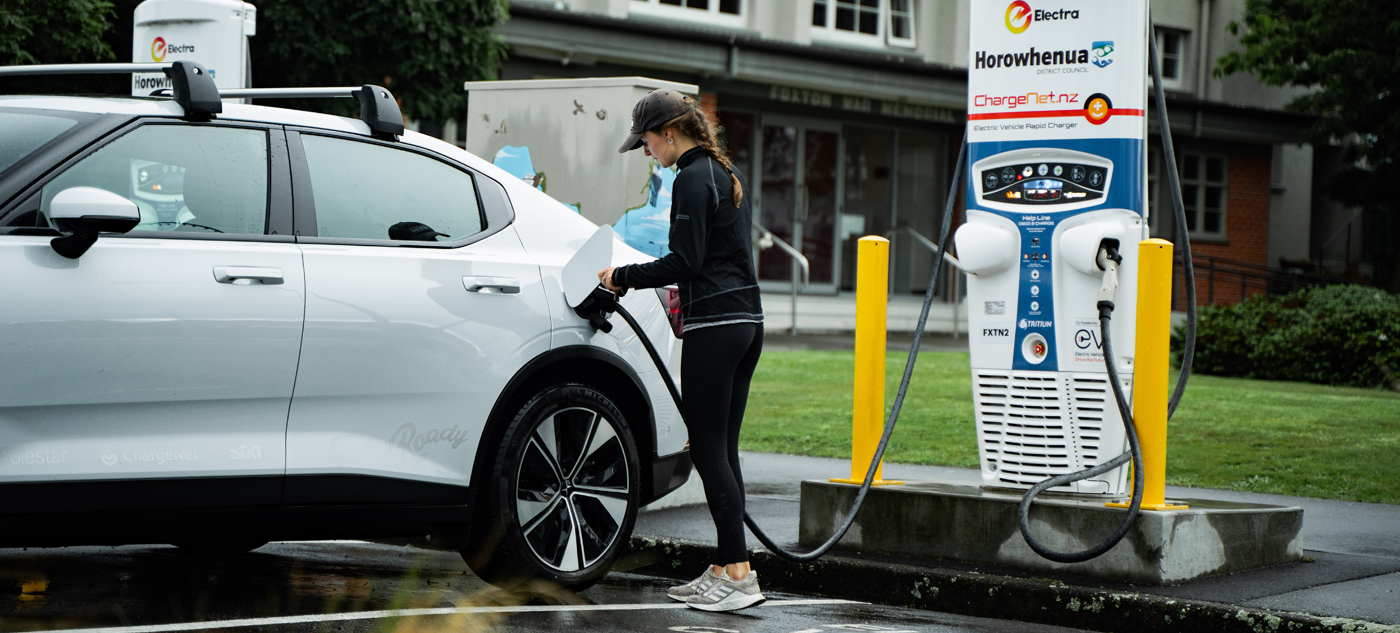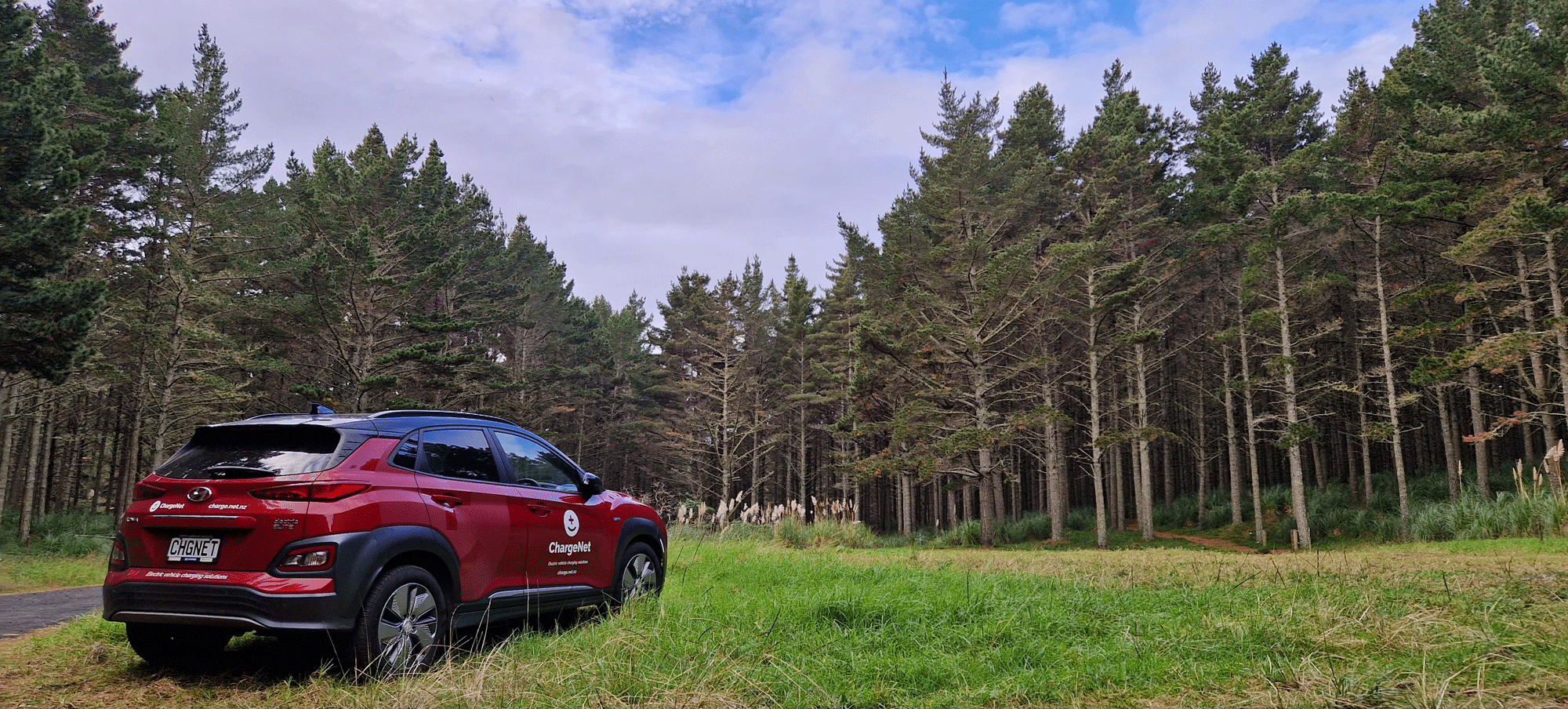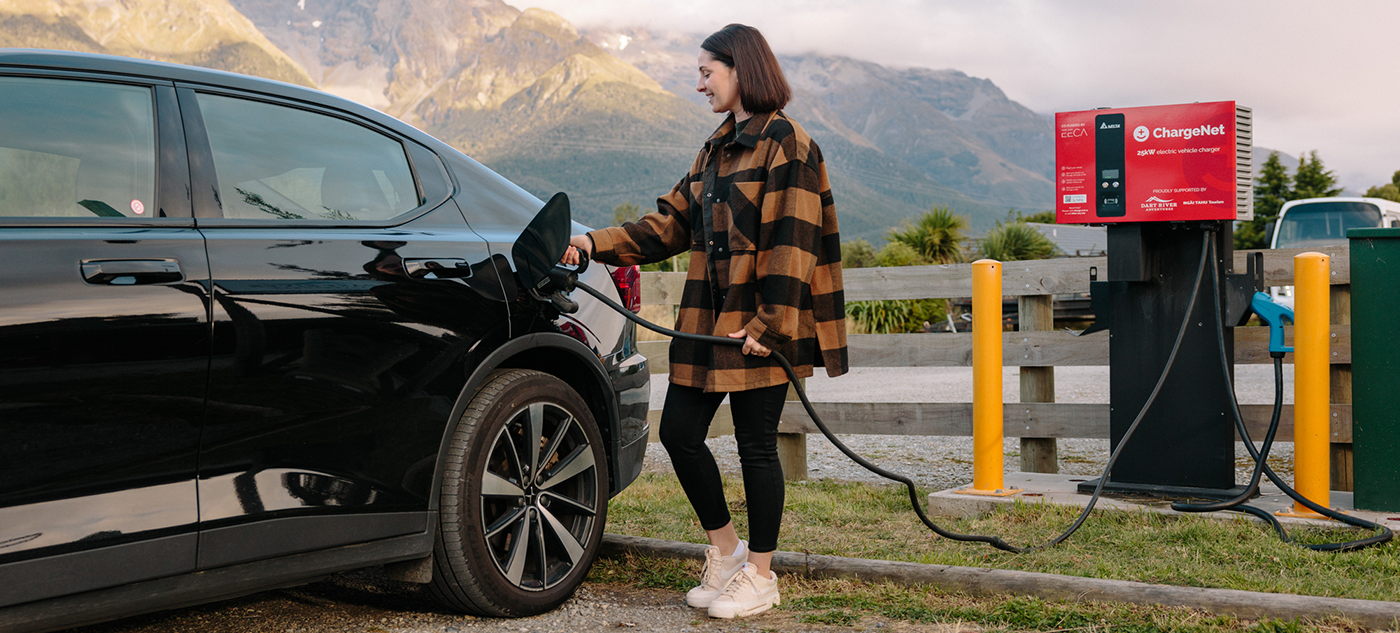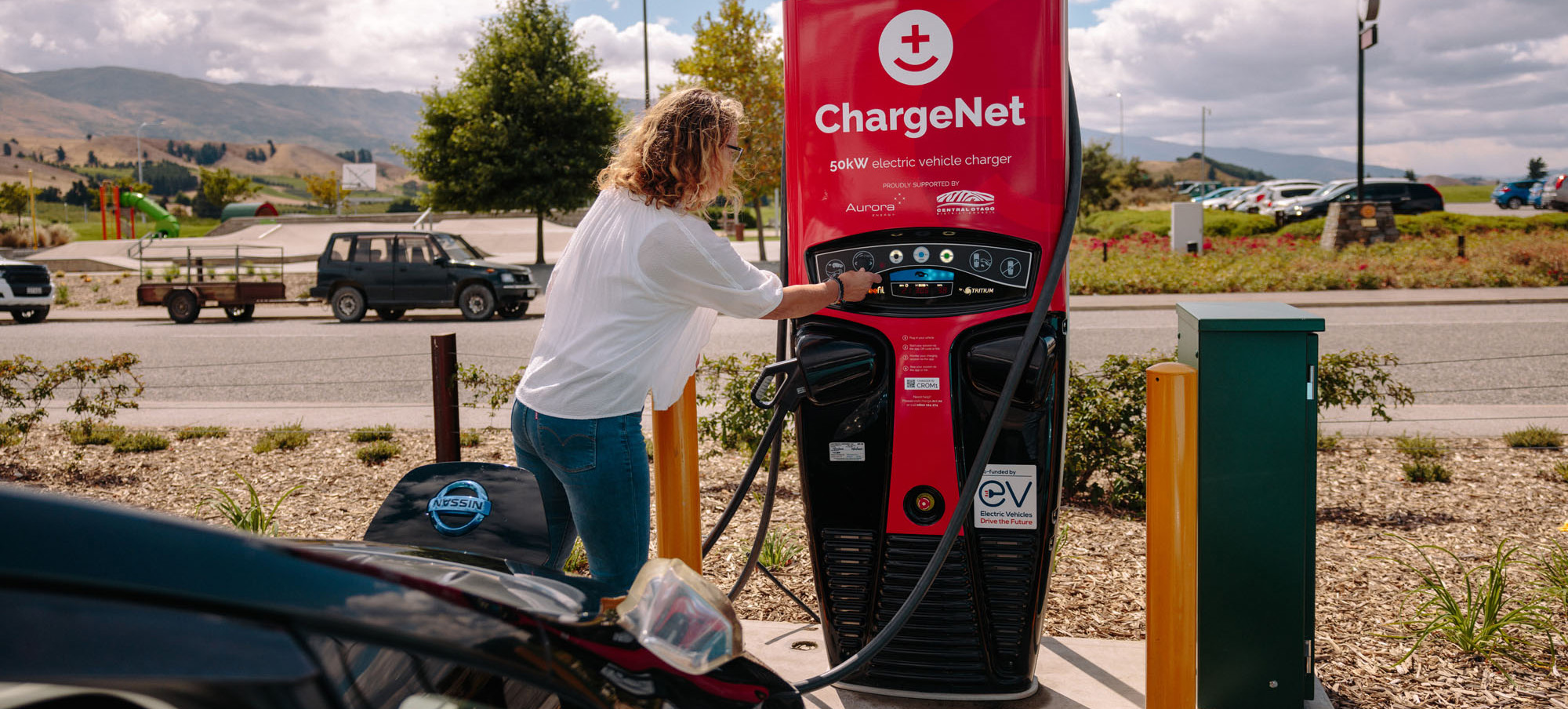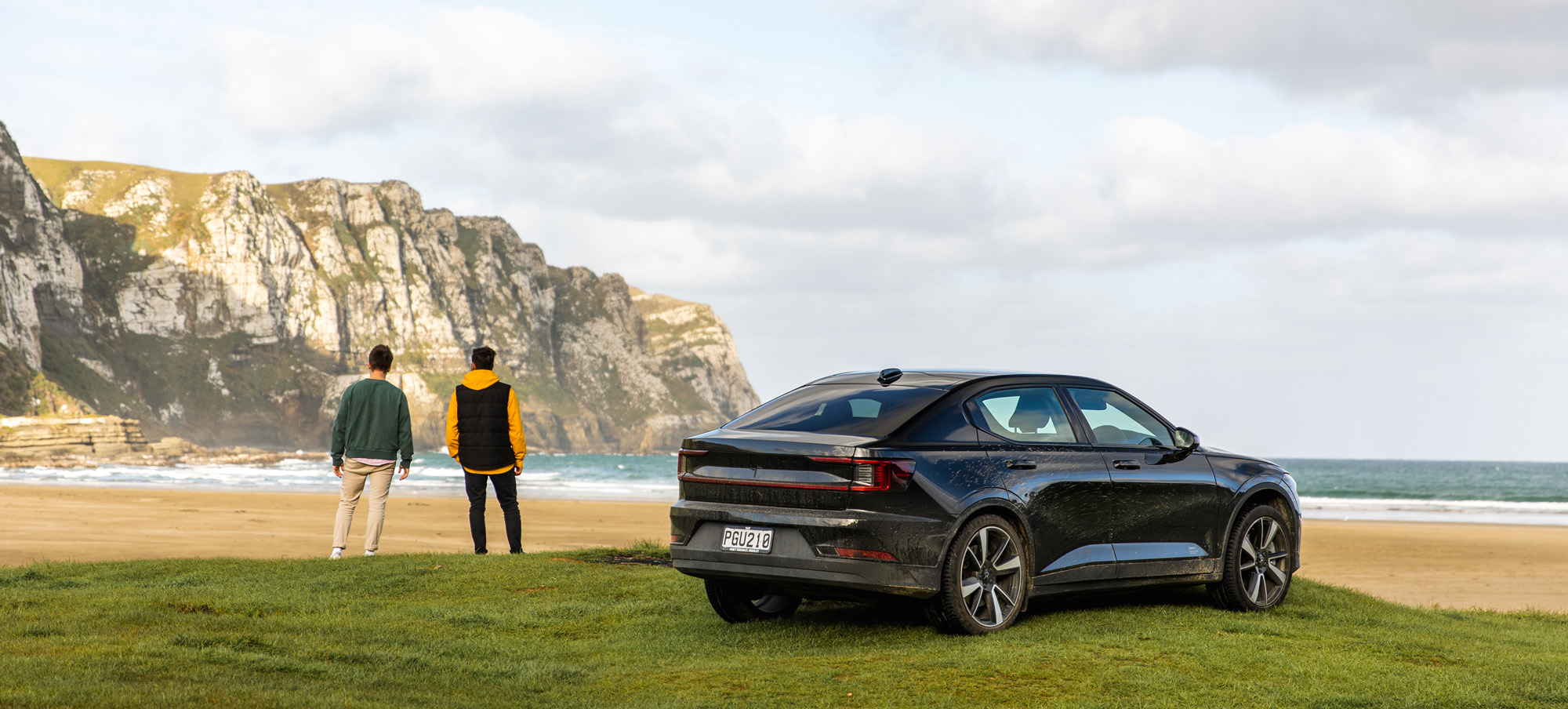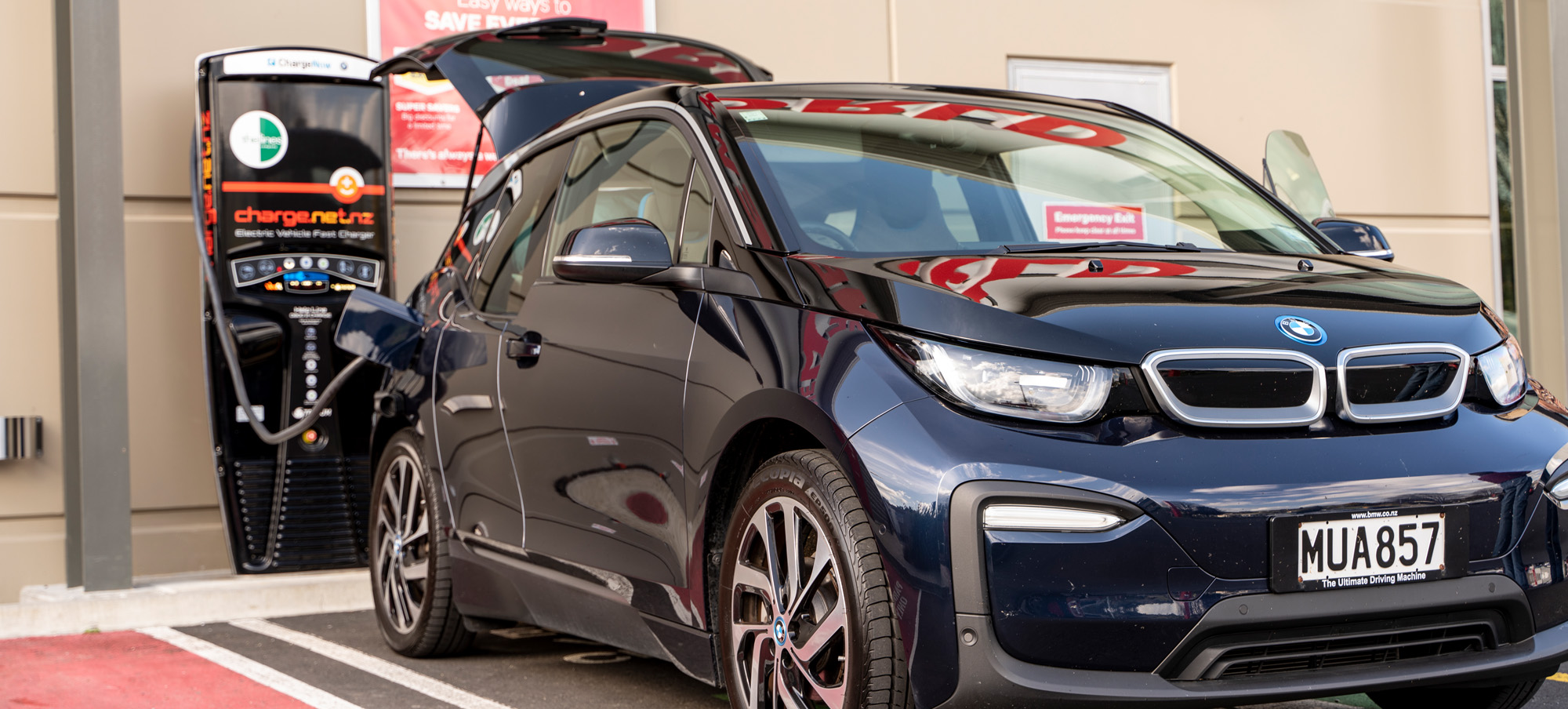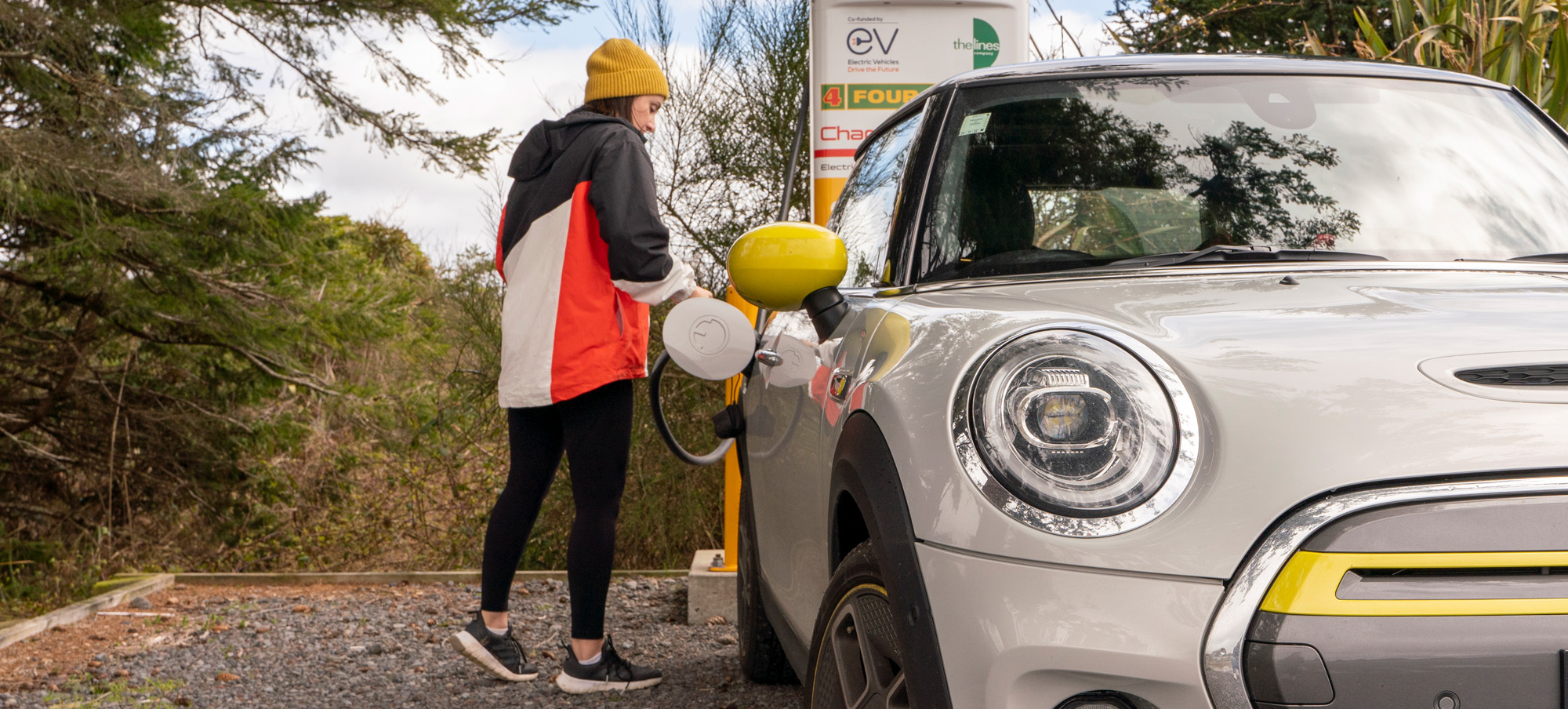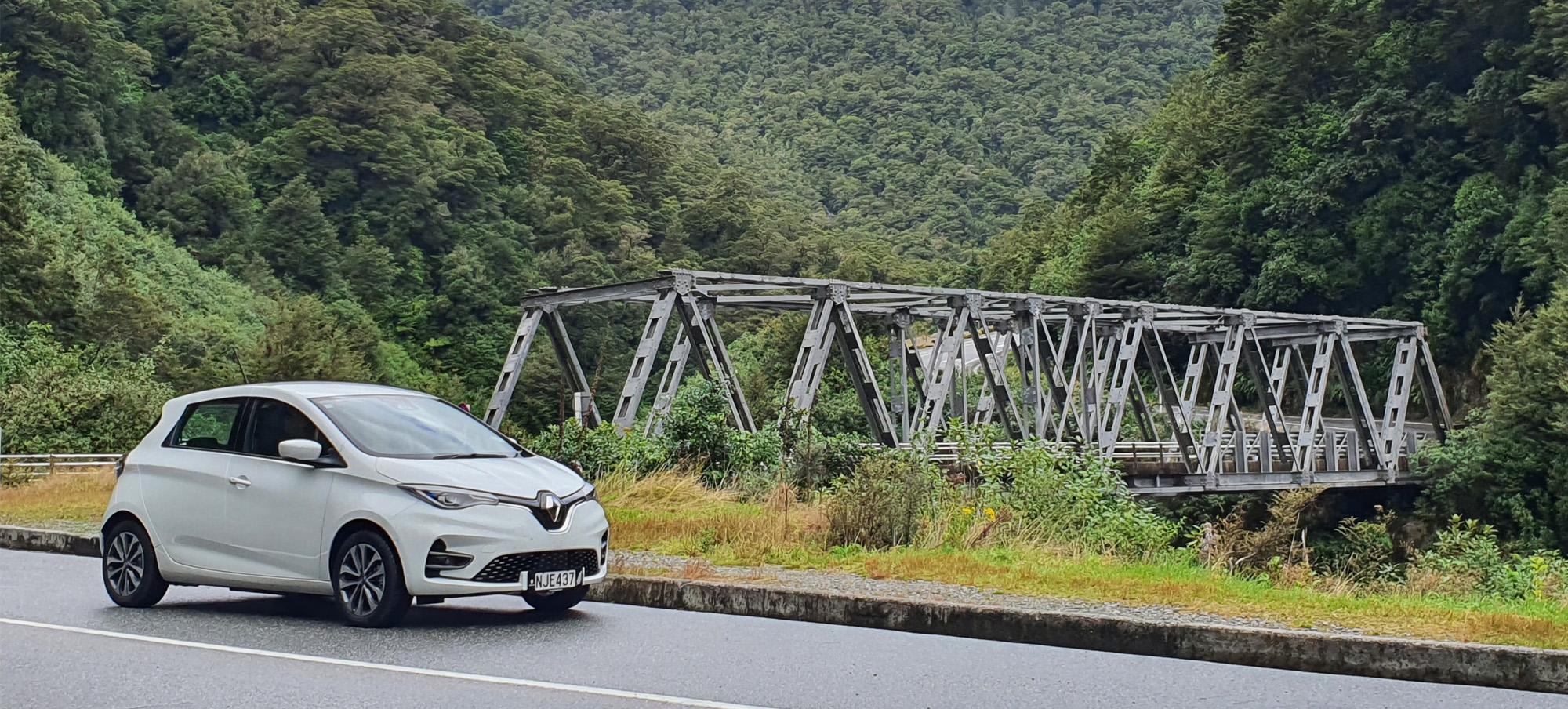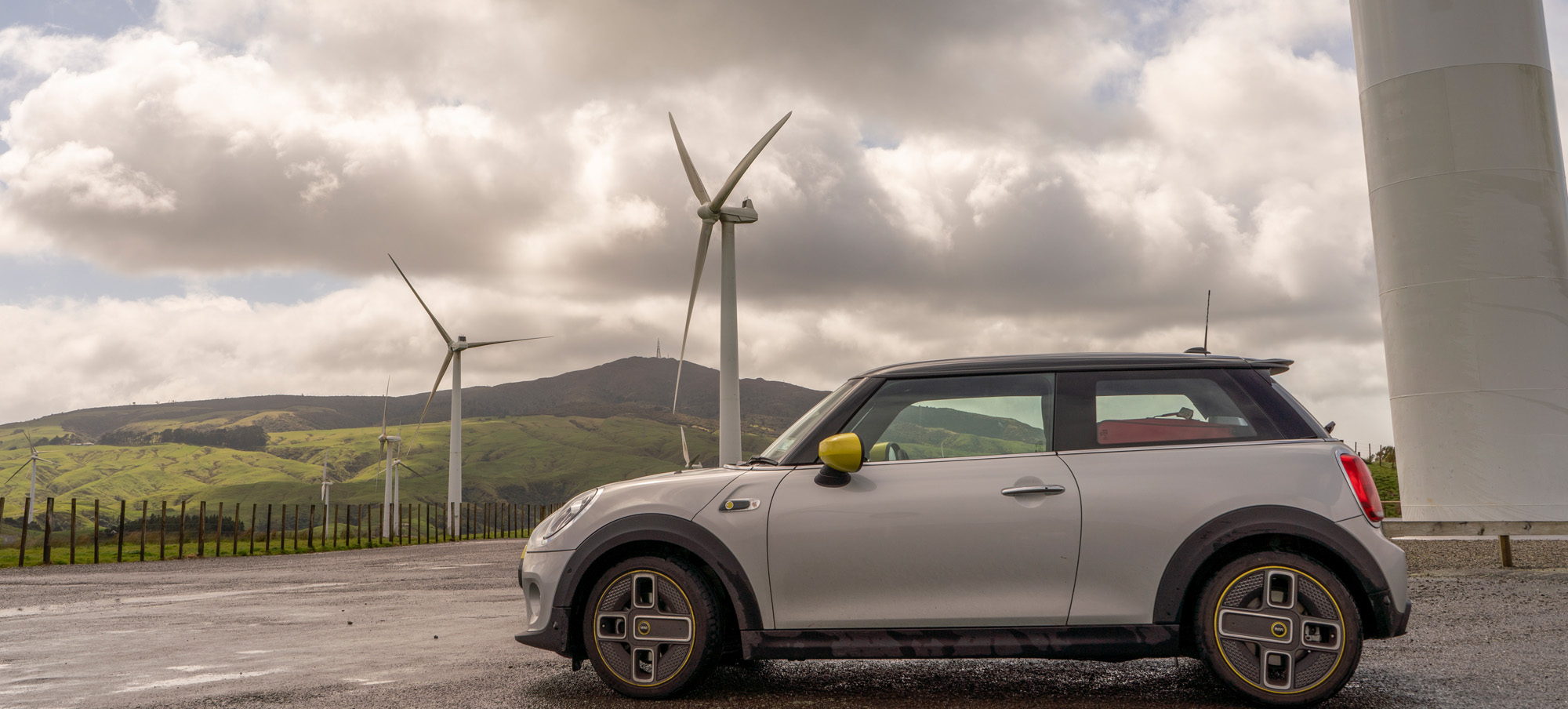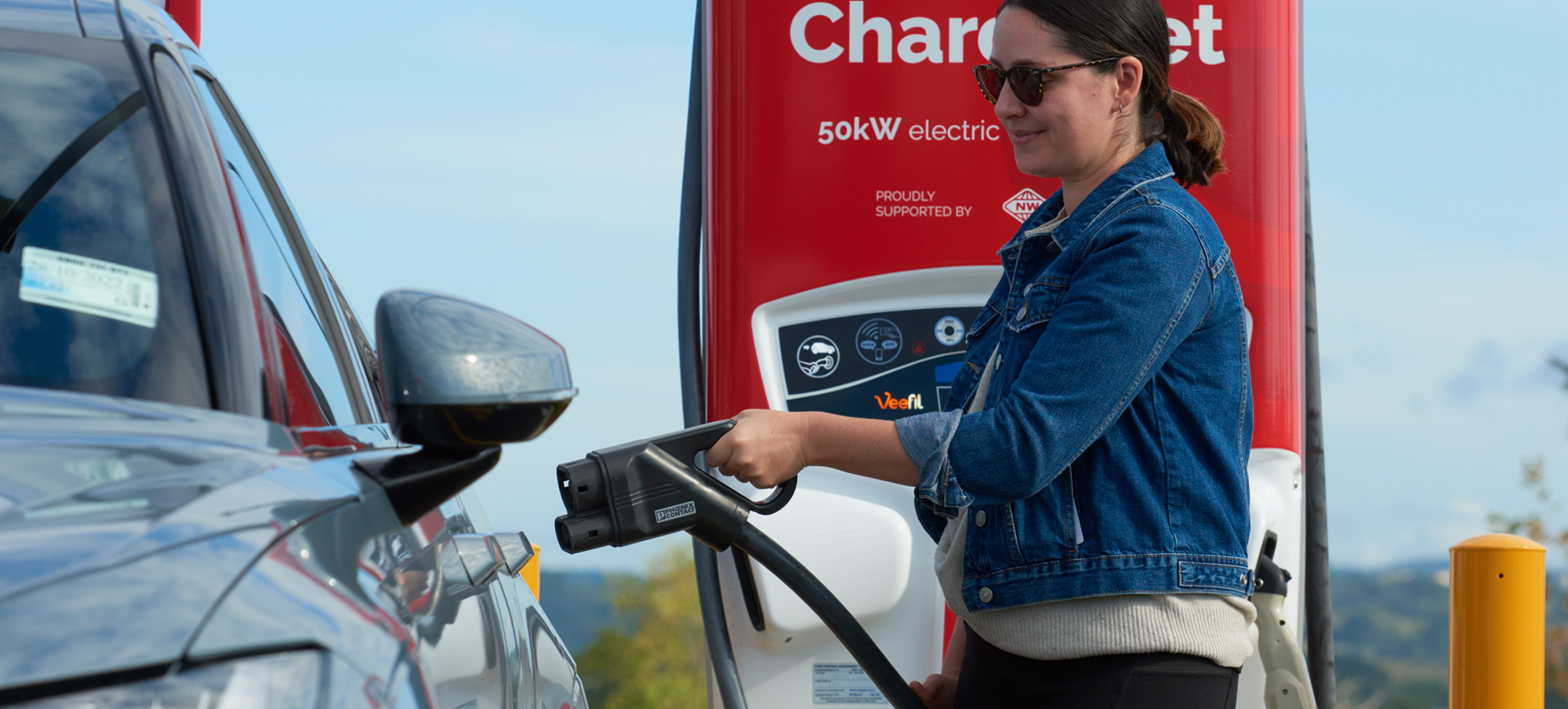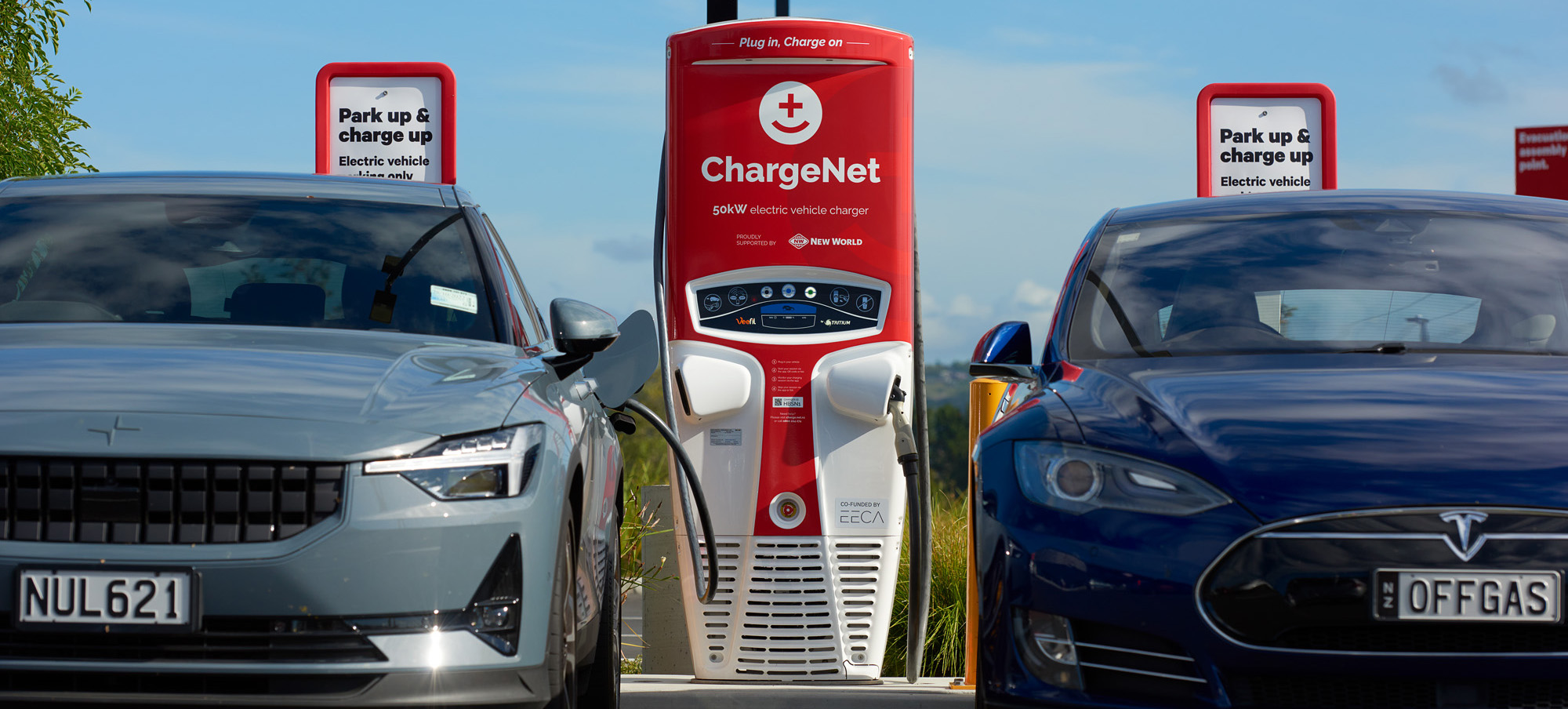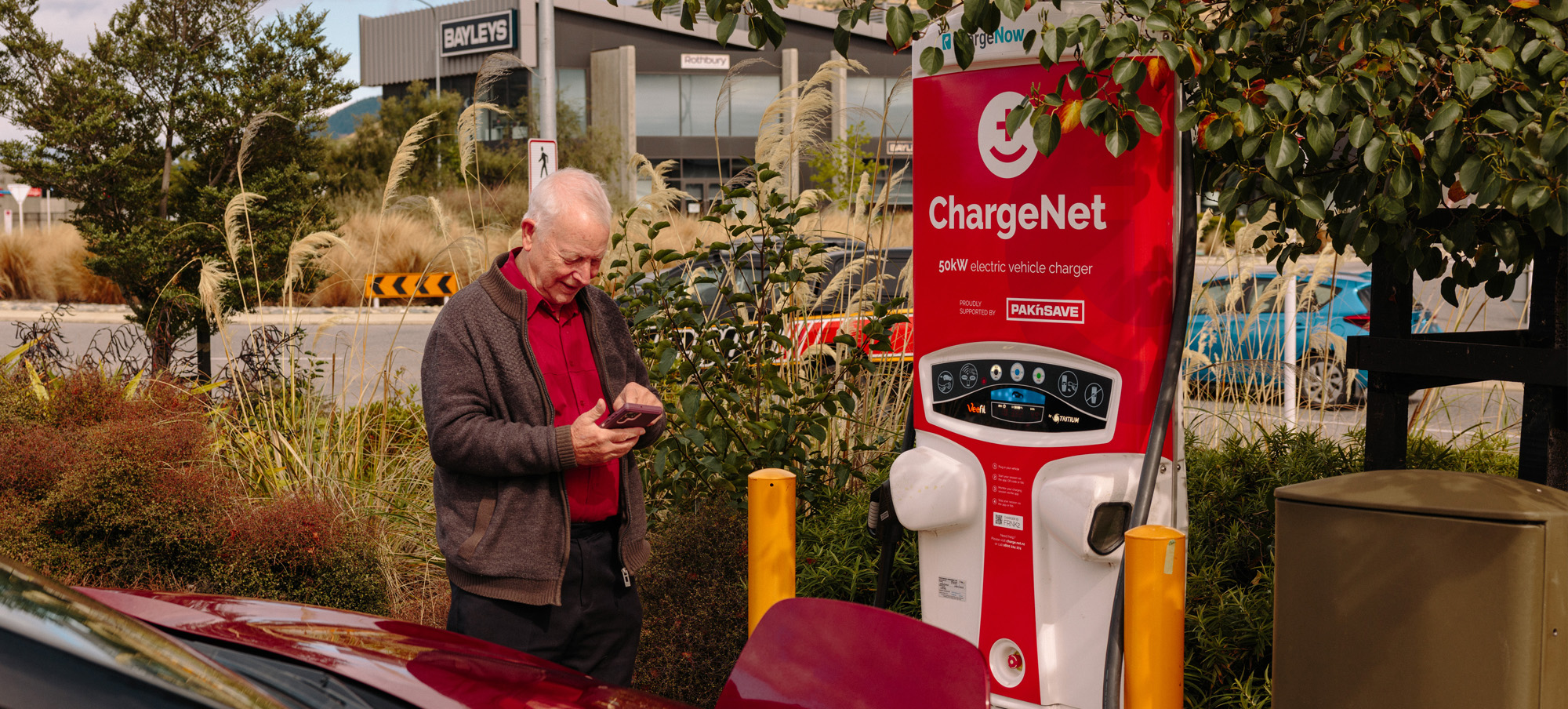
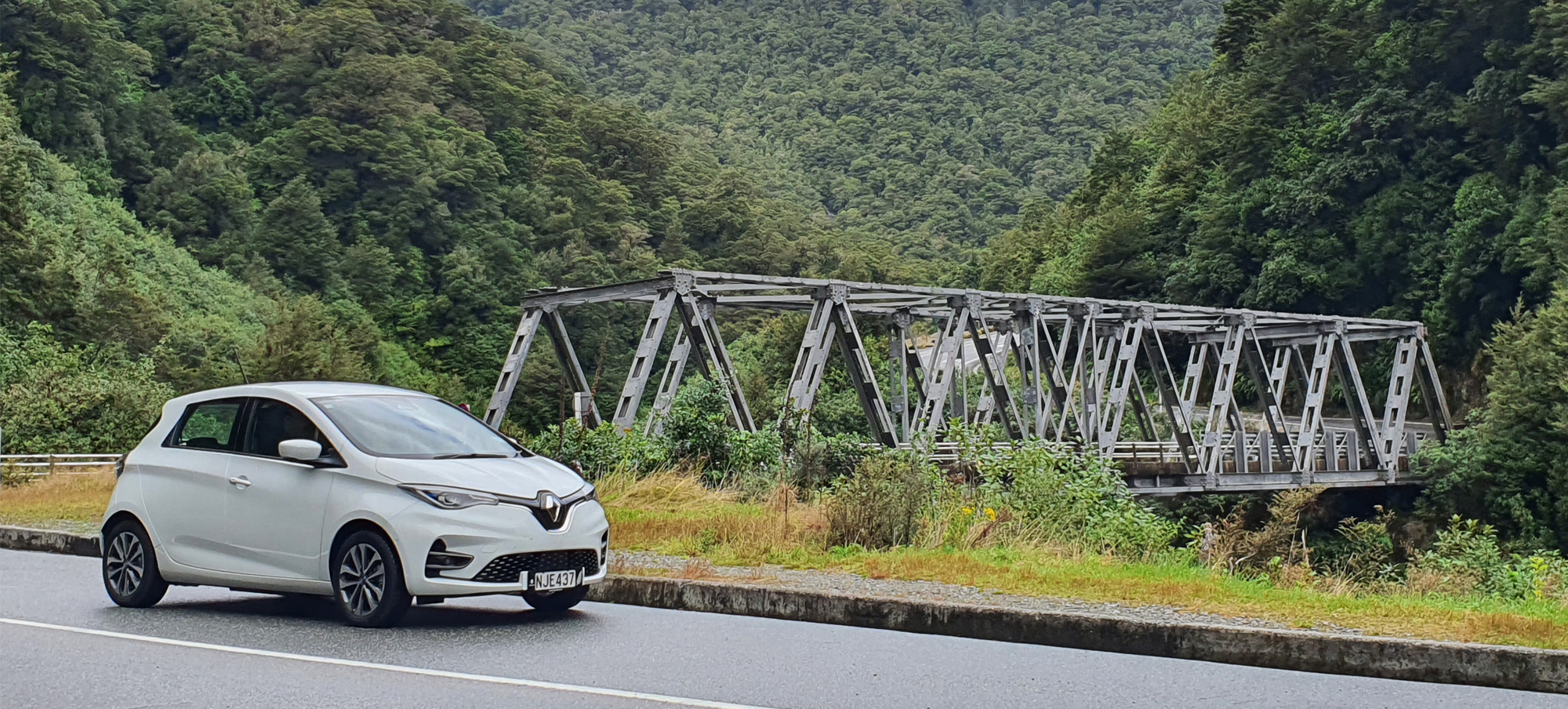
For a country in the relatively early stages of its electric vehicle journey, we have a decent charging infrastructure. The team at ChargeNet and independent suppliers have set out a network with relatively few long stretches of highway are unserved by at least one charger.
There is still an exception. The Haast area is one of the most remote, populated areas of the country. It passes State Highway Six, a popular tourist route between the West Coast and the Queenstown Lakes. This features the longest stretch of EV fastcharging road – 285km from the BP service station on the outskirts of Wanaka to a pair of ChargeNet units adjacent to the lovely hot pools in Franz Josef.
It’s a section of road I always wanted to try, and that chance came, and the ability to undertake a unique EV challenge, when Warren from Renault New Zealand said he was driving the new Renault Zoe on a tour to visit dealers around the country. I offered to collect it and return it to Auckland, and to make things a little more challenging, I figured I would do it without taking the easier State Highway One route.
The direct route from Bluff to the new ChargeNet Hypercharger in Bombay is around 1609km. Our route added an additional 240km, for a total of 1848km.
This story is not a full, detailed record of the trip. For that, head over to the EVs and Beyond YouTube channel and subscribe to catch our three episodes of video content.
Day 1
Bluff is not only the end of State Highway One; it features the southern-most DC charger in the country. With a battery already filled, that was just not a visit we had to make. Instead, we headed north into a grey Southland day, north on a short section of State Highway One to Invercargill – including a lap of its infamous roundabout – and then off the main thoroughfare for the last time and off to Invercargill.
First stop of the day was Athol, more convenient than anything else. The Zoe has a claimed range of just short of 400km, and while we have high hopes, with two 100kg+men and a load of luggage and camera gear on board, we are expecting a little less. Still, with a night booked at the Hilton in Frankton, we wanted to avoid a run into the main town to charge, so loaded up with 19.22kWh here. I highly recommend the Brown Trout Cafe while waiting.
The run on to Frankton was an easy one, with a stop to grab some stunning drone footage along the ‘Devils Staircase’, and on to our lodgings for the night.
Day 2
It was a bright and early start the next morning for a run up the Crown Range Road and its 1076 metre pass. The Zoe, already proving itself to be a great little open-road car despite its city intentions, impressed up the range’s twisty corners with its light but responsive steering. Range took a huge hit, but regain down the other side was impressive. On arrival in Wanaka, we grabbed a ChargeNet top-up in town before heading out to the new BP on the edge of town – the last DC charger before we head for the West Coast – to fill up.
The next section was the stunning ‘Neck’ between Lake Wanaka and Lake Hawea, before a stop at Makarora Country Cafe for a tasty pie, WIFI and a coffee. This place is great for a stop and a snack, and with Caravan plugs on site we were able to grab just under 3kW in an hour using a charger lent to us by Transnet. We did not need it, but in remote areas, these are a great backup to have.
We cruised for the next few hours over through the stunning ‘Gates of Haast’, through Haast itself, and along the rugged coast to the hot pools and a hotel at Franz Josef where we filled up with 42kW for $28.63.
That was the most significant and most challenging gap of the trip, and to be honest, it was not that hard – in the smallest EV currently on the market. Sure, you wouldn’t do it in a Leaf, but it is possible.
Day 3
From here though, the ‘cruising’ was over, with the shift now to making miles and managing charge times to get home at a good rate without stepping on SH1.
We hit misty roads to get to Hokitika, where the car snacked on 23.76kWh, while we grabbed terrific sandwiches from the Hokitika Sandwich Company. We carried on through Westport and Greymouth, before running out of steam ourselves and needing to stop for coffee while the Zoe sipped a cheeky 6.12kWh on a ChargeNet 25kW unit in Reefton.
Next stop was Murchison for another 20kWh, while we finished our sandwiches, and then a scary run through to Spring Creek outside of Blenheim for another 15.1kWh ($9.17). Over the mountain ranges in this section, we went ‘under water’ on range but gained a considerable amount back on the gentle downhill run through the Wairau Valley.
Day 4
Wet weather and stock trucks meant the Zoe was a little muddy when exiting the Bluebridge ferry around midnight. While we had planned to go further, we instead opted for a night at Wellington’s Citylife hotel with its great Mercury charger. That meant we had 100% charge next morning and could make it all the way to Dannevirke for 25.92kWh at the cost of $16.85.
We entirely bypassed Napier and Hastings, cutting through to the Napier Taupo Road and on to the McVicar Road charger for 24.86kWh. This is a Unison unit so costs a lower rate, meaning only a $9.94 bill with the advantage of using our ChargeNet account for payment. We charged on through from here to Taupo where we grabbed 3kWh while catching up with friends. We then made the run through to Rotorua, charging in the middle of town during a spectacular lightning storm – 33.45kWh for $13.38 thanks to Unison. There is an amazing little Vietnamese restaurant just around the corner from here. Check it out!
That was the last charging stop of our epic trip, with the full charge easily taking us all the way through to Bombay, where we grabbed 11kWh. The Zoe maxes out at 50kW, so the Hypercharger offers little additional benefit, but the location is good.
Zoe Impresses
For arguably the wrong car for this kind of trip, the little Zoe impressed. While it is a small car, its front seats offered plenty of room – at the expense of some back seat space – and reasonable comfort.
The interior is not exactly futuristic or groundbreaking, but it all works very well. I was a particular fan of the digital dash, and its easy availability of efficiency statistics and aids, the joy of a car developed primarily as an EV rather than a conversion.
The French of long known how to make a small car that rides well and steers, and the ZOE is no exception. It is not sporty, but responsive and enjoyable to drive. Its 100kW motor power is metered out in a way that is more focused on efficiency than performance, but we never found it particularly lacking, in fact, we spent much of the trip in Eco mode to dampen our own exuberance.
Two particular things impressed, the boot is big for such a small car. And Renault must be lauded for putting 22kW AC on board, a boon for expanding charging options. In an efficient car like the ZOE – we averaged around 17.5kWh on the trip, but normal use will be lower – that means if 22kW AC is the only option you can add well more than 100km of range an hour.
The retail of price of $65,990 already made sense, being just $3000 more than a Leaf for a whole lot more range. With the new EV discount on top, the value gets even more compelling.
This article first appeared in the July 2021 issue of EVs & Beyond.

